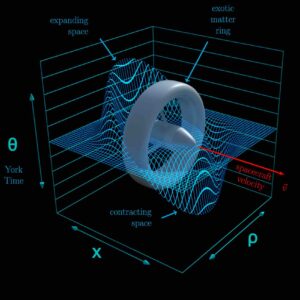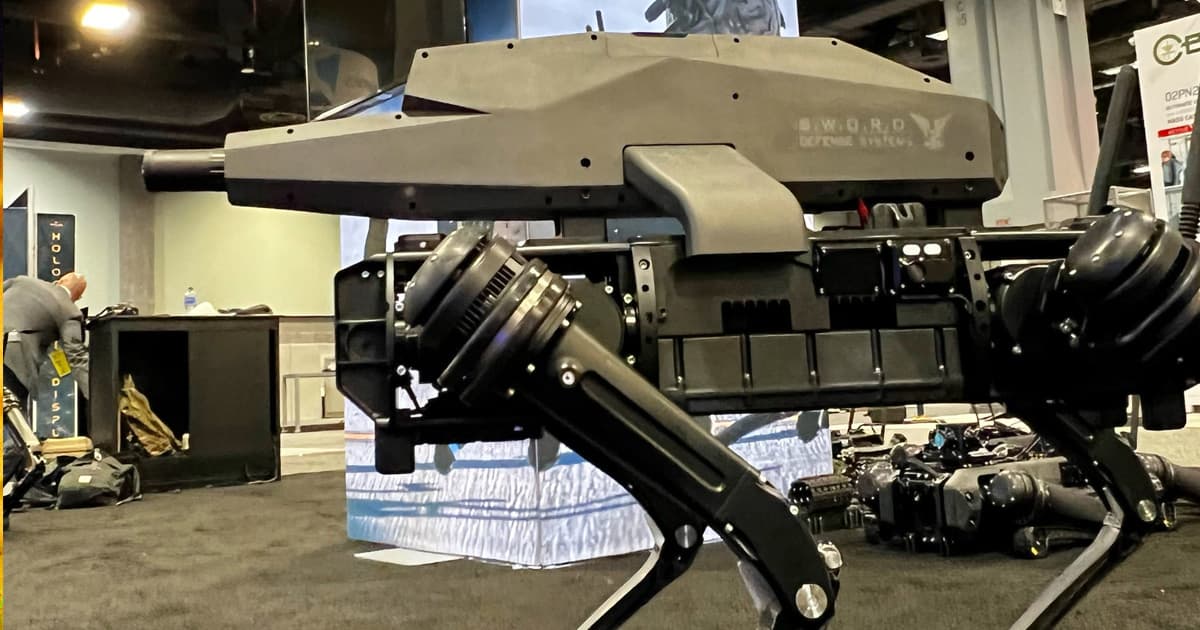When it has a gun rack plus a place to attach a gun mount……….
Will This Jetpack Fly Itself? Startup aims to make piloting a jetpack as easy as flying a drone
Jetpacks might sound fun, but learning how to control a pair of jet engines strapped to your back is no easy feat. Now a British startup wants to simplify things by developing a jetpack with an autopilot system that makes operating it more like controlling a high-end drone than learning how to fly.
Jetpacks made the leap from sci-fi to the real world as far back as the 1960s, but since then the they haven’t found much use outside of gimmicky appearances in movies and halftime shows. In recent years though, the idea has received renewed interest. And its proponents are keen to show that the technology is no longer just for stuntmen and may even have practical applications.
American firm Jetpack Aviation will teach anyone to fly its JB-10 jetpack for a cool $4,950 and recently sold its latest JB-12 model to an “undisclosed military.” And an Iron Man-like, jet-powered flying suit developed by British start-up Gravity Industries has been tested as a way for marines to board ships and as a way to get medics to the top of mountains quickly.
Flying jetpacks can take a lot of training to master though. That’s what prompted Hollywood animatronics expert Matt Denton and Royal Navy Commander Antony Quinn to found Maverick Aviation, and develop one that takes the complexities of flight control out the pilot’s hands.
The Maverick Jetpack features four miniature jet turbines attached to an aluminum, titanium and carbon fiber frame, and will travel at up to 30 miles per hour. But the secret ingredient is software that automatically controls the engines to maintain a stable hover, and seamlessly convert the pilot’s instructions into precise movements.
“It’s going to be very much like flying a drone,” says Denton. “We wanted to come up with something that anyone could fly. It’s all computer-controlled and you’ll just be using the joystick.”
One of the key challenges, says Denton, was making the engines responsive enough to allow the rapid tweaks required for flight stabilization. This is relatively simple to achieve on a drone, whose electric motors can be adjusted in a blink of an eye, but jet turbines can take several seconds to ramp up and down between zero and full power.
To get around this, the company added servos to each turbine that let them move independently to quickly alter the direction of thrust—a process known as thrust vectoring. By shifting the alignment of the four engines the flight control software can keep the jetpack perfectly positioned using feedback from inertial measurement units, GPS, altimeters and ground distance sensors. Simple directional instructions from the pilot can also be automatically translated into the required low-level tweaks to the turbines.
It’s a clever way to improve the mobility of the system, says Ben Akih-Kumgeh, an associate professor of aerospace engineering at Syracuse University. “It’s not only a smart way of overcoming any lag that you may have, but it also helps with the lifespan of the engine,” he adds. “[In] any mechanical system, the durability depends on how often you change the operating conditions.”
The software is fairly similar to a conventional drone flight controller, says Denton, but they have had to accommodate some additional complexities. Thrust magnitude and thrust direction have to be managed by separate control loops due to their very different reaction times, but they still need to sync up seamlessly to coordinate adjustments. The entire control process is also complicated by the fact that the jetpack has a human strapped to it.
“Once you’ve got a shifting payload, like a person who’s wobbling their arms around and moving their legs, then it does become a much more complex problem,” says Denton.
In the long run, says Denton, the company hopes to add higher-level functions that could allow the jetpack to move automatically between points marked on a map. The hope is that by automating as much of the flight control as possible, users will be able to focus on the task at hand, whether that’s fixing a wind turbine or inspecting a construction site.
Surrendering so much control to a computer might give some pause for thought, but Denton says there will be plenty of redundancy built in. “The idea will be that we’ll have plenty of fallback modes where, if part of the system fails, it’ll fall back to a more manual flight mode,” he said. “The user would have training to basically tackle any of those conditions.”
It might be sometime before you can start basic training, though, as the company has yet to fly their turbine-powered jetpack. Currently, flight testing is being conducted on an scaled down model powered by electric ducted fans, says Denton, though their responsiveness has been deliberately dulled so they behave like turbines. The company is hoping to conduct the first human test flights next summer.
Don’t get your hopes up about commuting to work by jetpack any time soon though, says Akih-Kumgeh. The huge amount of noise these devices produce make it unlikely that they would be allowed to operate within city limits. The near term applications are more likely to be search and rescue missions where time and speed trump efficiency, he says.









![Sons Of Liberty [DVD + Digital]](https://images-na.ssl-images-amazon.com/images/I/51rlvG8Z3GL._SY445_.jpg)
